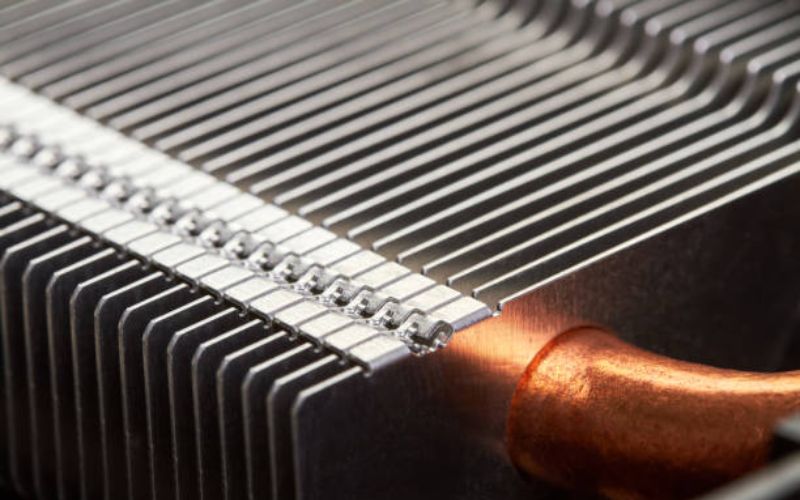The Importance of Heat Sinks
Heat sinks are essential components in any electronic device that requires cooling. They work by dissipating the heat generated by electrical components, preventing them from overheating and causing damage. In short, heat sinks ensure that your device runs efficiently and reliably. It's no wonder why these small parts are regarded as one of the most critical aspects of electronic design.
What Are Heat Sinks Made Of?
Heat sinks are typically made of aluminum due to its excellent thermal conductivity. Copper is also used for high-performance applications but is less common due to its higher cost. However, there are instances where other materials like ceramic, graphite, or even diamond are used, depending on the specific application and design requirements.
Can you reuse heat sinks??
One common question users ask is whether they can reuse heat sinks. The answer is: Yes, you can reuse them. However, it requires careful consideration and inspection before doing so. Heat sinks that have been in service for extended periods may have experienced thermal cycling or been exposed to wear and tear, leading to material fatigue or damage. If the heat sink appears to be in good condition, you can clean it and reuse it, assuming it's fit for the application's purpose.
Cleaning Your Heat Sink
Cleaning your heat sink thoroughly before reuse is crucial to ensure optimal performance and longevity. Here's a step-by-step guide:
- Remove the heat sink from the device and clean the surface using a lint-free cloth and isopropyl alcohol.
- If there is a thermal interface material (TIM) on the heat sink, remove it carefully using a plastic pry tool.
- Inspect the heat sink for any signs of damage, cracks, or warping.
- If everything looks good, apply a new layer of TIM, reattach the heat sink to the device, and test it.
When Not to Reuse Heat Sinks
There are cases where reusing heat sinks may not be a good idea. For instance, if the heat sink has been exposed to extreme temperatures or chemicals or has visible damage, it's best to replace it with a new one. It's also worth noting that certain types of heat sinks, such as those with phase change materials or heat pipes, may not be suitable for reuse even if they appear to be in good condition.
Benefits of Reusing Heat Sinks
Reusing heat sinks can save time and money, especially for high-volume applications where cost is a major concern. It's also an eco-friendly practice that reduces waste and promotes sustainability. By reusing heat sinks, you can conserve resources and minimize your carbon footprint while achieving optimal performance from your device.
How to Extend the Lifespan of Your Heat Sink
Proper maintenance and care are crucial in extending the lifespan of your heat sink. Here are some tips:
- Clean your heat sink regularly and inspect it for any signs of damage or wear and tear.
- Use high-quality TIMs to ensure optimal heat transfer efficiency.
- Avoid exposing your heat sink to extreme temperatures or chemicals that could damage it.
- Ensure proper installation and secure attachment to the device to prevent unnecessary stress or bending.
- If you're designing a new electronic device, consider using heat sinks with high-quality materials and advanced designs.
Conclusion
Heat sinks are vital components in electronic devices that require cooling. They can be reused if they're inspected and cleaned properly, but it's essential to exercise caution and replace them if they're in poor condition. By following the tips and best practices outlined above, you can maximize the lifespan and performance of your heat sink and ensure optimal cooling for your device.

